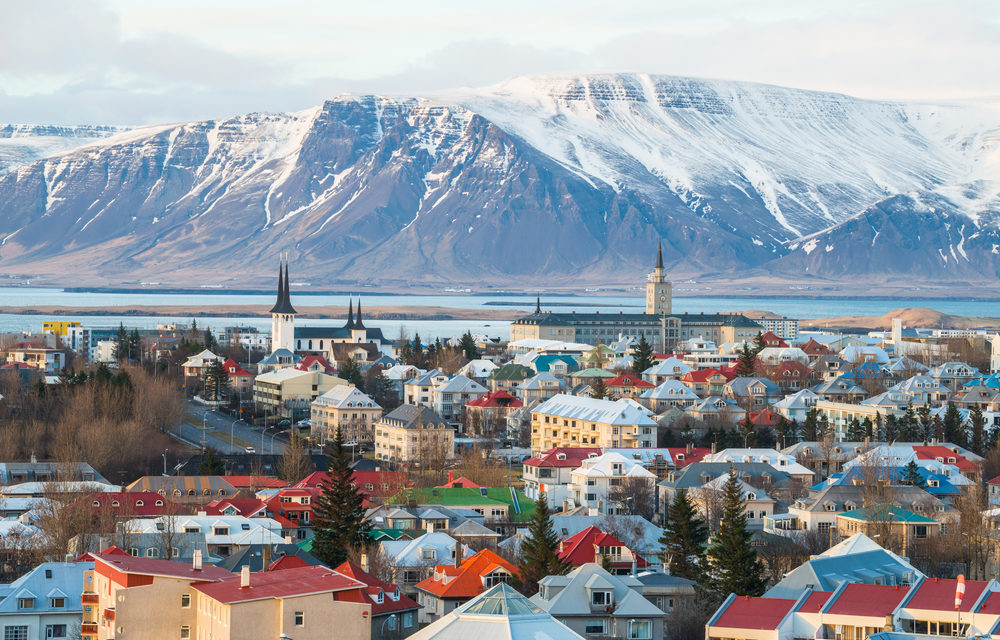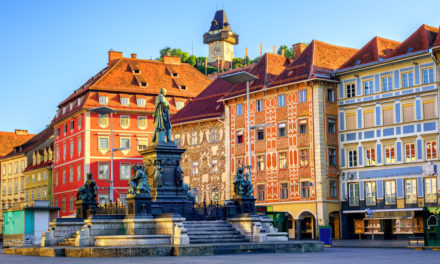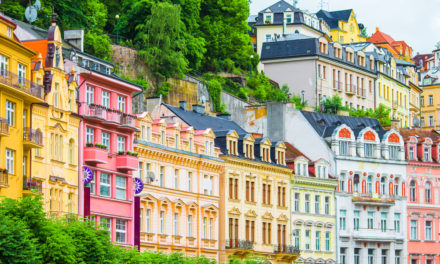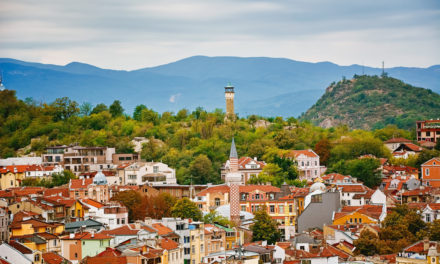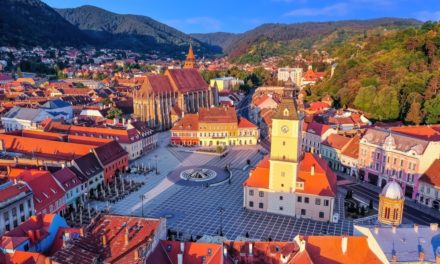Top Tourist Attractions And Things To Do In Iceland
Iceland, a Nordic island nation, is in the North Atlantic Ocean, below the Arctic Circle. Renowned for its dramatic landscapes.
Iceland is a land of geothermal activity, home to many hot springs and geysers. The Blue Lagoon is a renowned geothermal spa symbolizing Iceland’s volcanic activity.
The country’s Viking heritage forms the root of its history. The Saga Museum in Reykjavik animates the sagas of Viking settlers. It offers visitors a glimpse into Iceland’s early history and culture. This connection to the Vikings is a draw for history enthusiasts.
Icelandic cuisine is a reflection of its environment, emphasizing seafood and lamb. Iceland showcases its resourcefulness with traditional dishes: hákarl and skyr. Hákarl refers to fermented shark, and skyr is a product like yogurt.. These dishes highlight the use of local ingredients in Iceland. Food lovers can explore these flavors integral to the Icelandic experience
Iceland boasts a vibrant arts scene and is well-known for its creativity. Iceland’s cultural landscape is diverse, reflecting its geography and traditions. The country has iconic music, like Björk. It loves storytelling. It loves literature. This is evident in its writers and rich literary tradition.
Best Time to Visit Iceland:
Summer (June to August): The most popular time to visit, summer in Iceland is known for the midnight sun, where daylight lasts for nearly 24 hours. This extended daylight allows more time for sightseeing and outdoor activities like hiking, bird watching, and exploring the fjords. Temperatures are milder, making it ideal for traveling around the island, including the highlands, which are generally accessible only during these months. It’s a great time for wildlife enthusiasts, especially for whale watching and puffin sightings.
Winter (December to February): Winter is the best time to witness the Northern Lights (Aurora Borealis), one of Iceland’s most famous attractions. The long, dark nights provide a perfect backdrop for this spectacular natural phenomenon. It’s an ideal time for winter sports and enjoying Iceland’s snowy landscapes, with opportunities for snowmobiling, glacier hiking, and ice cave tours. There are fewer tourists, offering a more peaceful experience of the country’s natural wonders.
Shoulder Seasons (Spring and Autumn): Spring (April to May) and autumn (September to November) are considered shoulder seasons. These periods offer the advantage of lower prices and fewer tourists while still providing a good chance to see the Northern Lights (especially in early spring and late autumn). Spring brings blooming flora and melting ice, while autumn offers beautiful fall colors.
Tourist Travel Map of Iceland
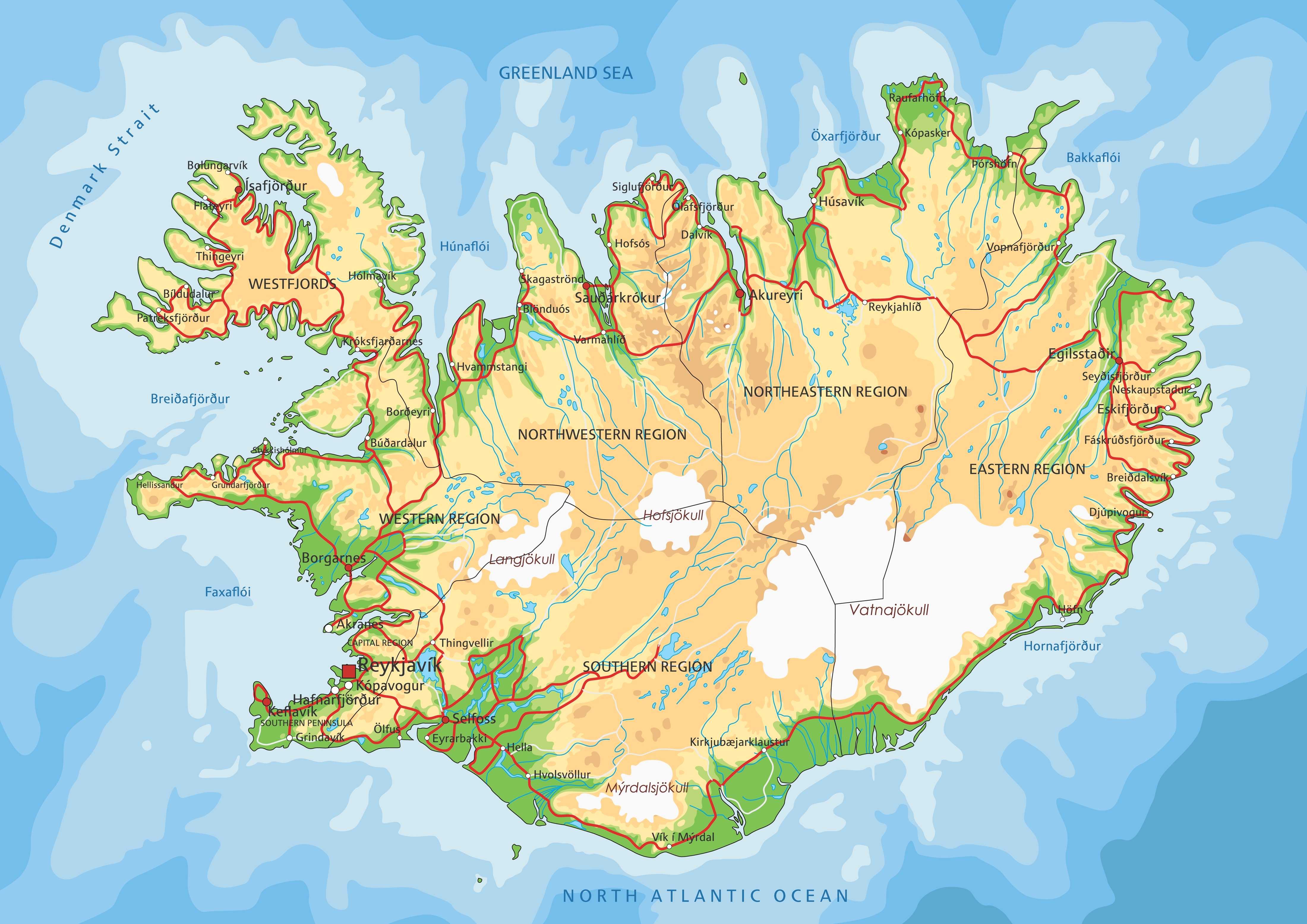
Best Places To Visit In Iceland
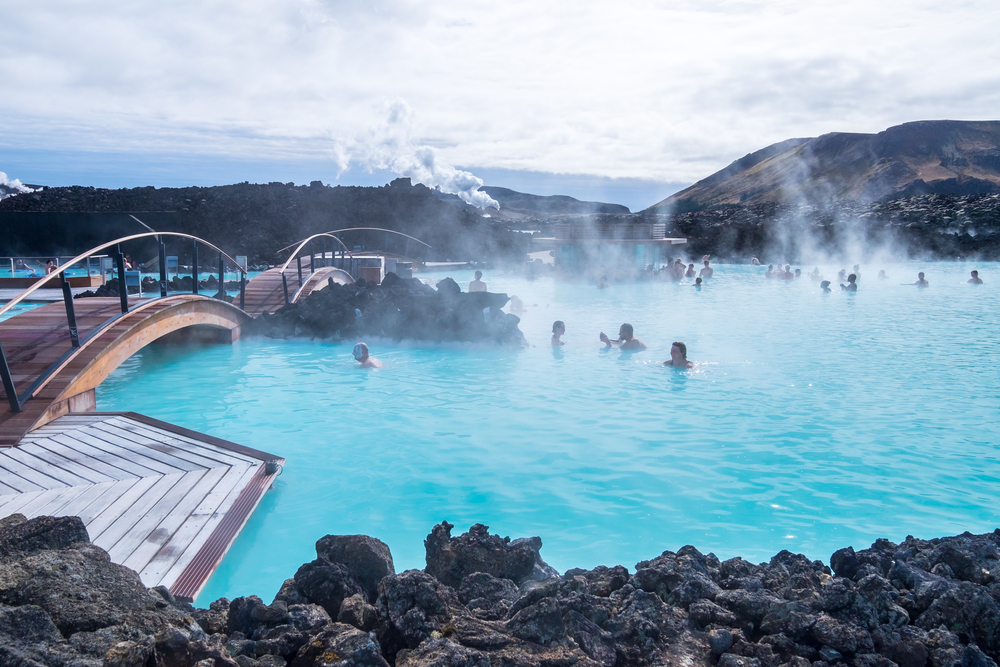
Blue Lagoon, Iceland:
A geothermal spa in Iceland, Blue Lagoon is renowned for its milky-blue waters, rich in minerals like silica and sulfur. It is located in a lava field near Grindavík and is known for its healing properties and unique skincare treatments. The lagoon’s warm waters, maintained at 37-39°C (99-102°F), starkly contrast the cool Icelandic climate, making it a year-round destination.
Tourist Attractions and Things to Do in Blue Lagoon:
- Geothermal Spa: Relax in the rejuvenating milky-blue waters of the Blue Lagoon, known for its healing properties.
- Silica Mud Mask: Enjoy a natural spa treatment with silica mud masks available in the lagoon.
- Lava Fields: Explore the surreal lava fields surrounding the Blue Lagoon.
- Luxurious Facilities: Experience world-class amenities, including a spa, restaurant, and bars.
- Northern Lights: Witness the enchanting Northern Lights during the winter months.
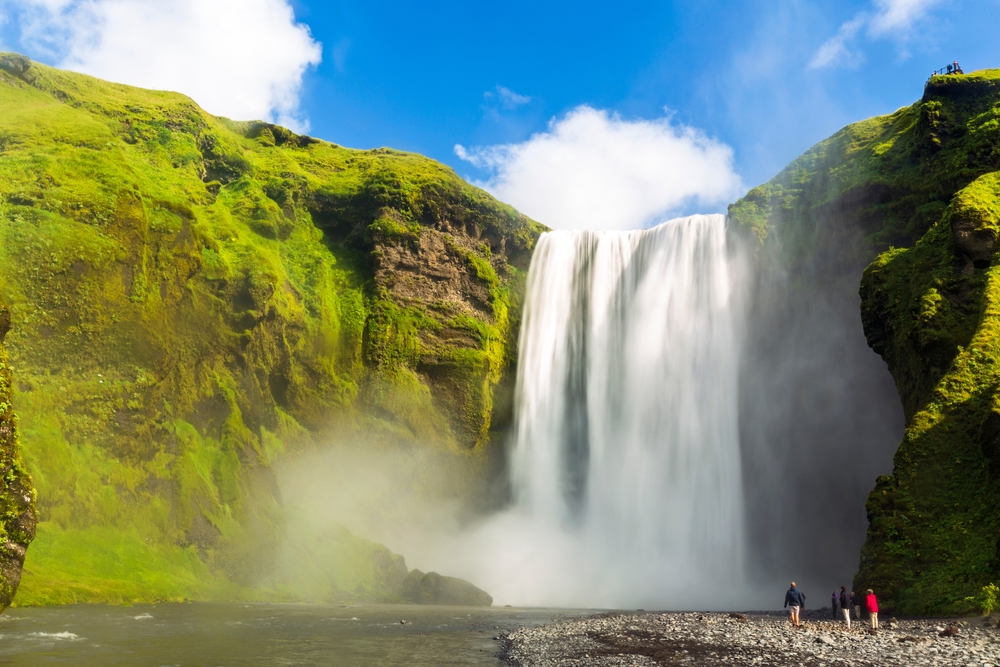
Skógafoss Waterfall, Iceland:
Skógafoss is one of Iceland’s biggest and most beautiful waterfalls, with a width of 25 meters and a drop of 60 meters. Situated on the Skógá River in the south of Iceland, this waterfall is known for its frequent rainbows, thanks to the spray the waterfall produces. The surrounding area is rich in birdlife, and the waterfall’s history is interwoven with local folklore.
Tourist Attractions and Things to Do in Skógafoss Waterfall:
- Majestic Cascade: Marvel at the powerful and beautiful Skógafoss waterfall.
- Hiking Trails: Climb the staircase for a stunning view from the top or explore nearby hiking trails.
- Folk Museum: Visit the Skógar Museum to learn about Iceland’s cultural history.
- Scenic Landscape: Enjoy the surrounding natural beauty of cliffs, rivers, and lush greenery.
- Photographers’ Paradise: Capture breathtaking photos of this iconic waterfall.
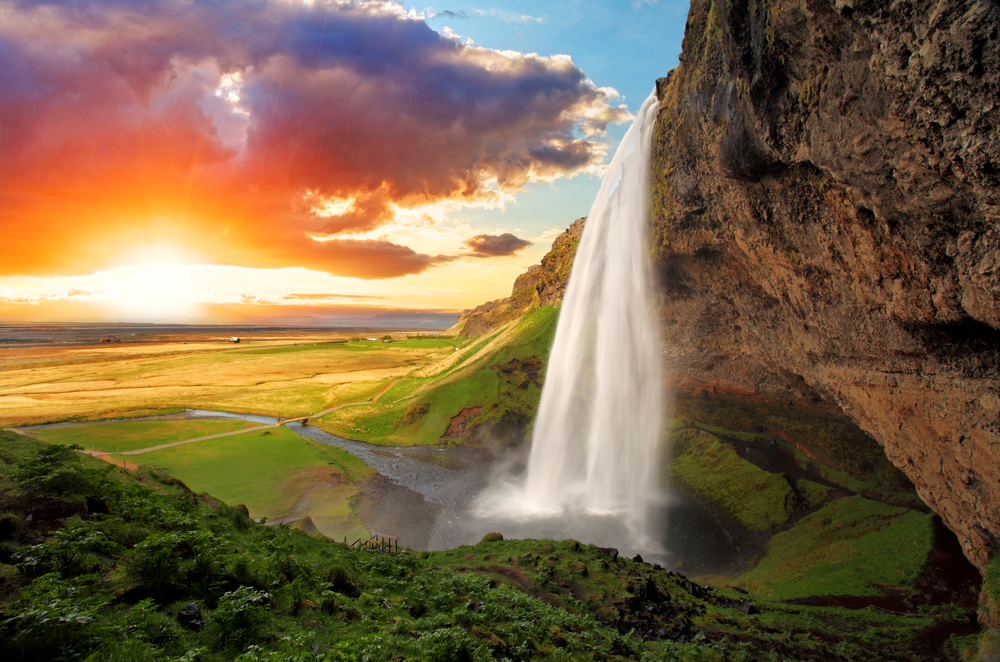
Seljalandsfoss Waterfall, Iceland:
This waterfall is unique because visitors can walk behind the cascade, offering a distinctive perspective. It drops 60 meters and is part of the Seljalands River, originating in the Eyjafjallajokull glacier. The waterfall is especially stunning under the midnight sun or with the northern lights in the background.
Tourist Attractions and Things to Do in Seljalandsfoss Waterfall:
- Unique Path Behind the Falls: Walk behind the cascading water curtain for a memorable experience.
- Glowing Sunsets: Watch the sunset through the falls for a surreal and colorful view.
- Nearby Caves: Explore nearby caves and other smaller waterfalls.
- Lush Vegetation: Admire the lush greenery surrounding Seljalandsfoss.
- Birdwatching: Spot various bird species in the area.
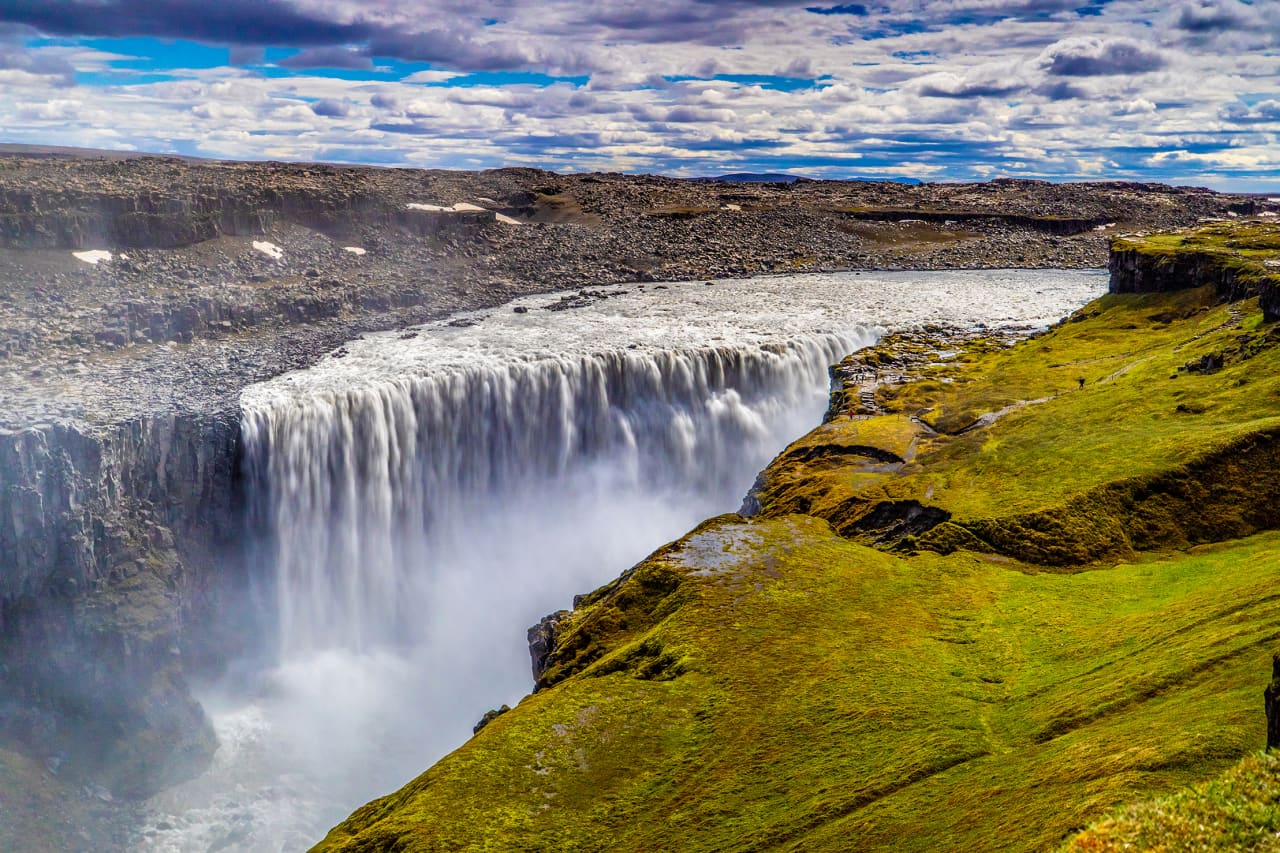
Dettifoss Waterfall, Iceland:
Located in Vatnajökull National Park in Northeast Iceland, Dettifoss is the most powerful waterfall in Europe. This waterfall is 45 meters high and 100 meters wide, creating a massive spray and a thunderous sound. The area around Dettifoss is characterized by rugged, barren landscapes used as a filming location for the movie “Prometheus.”
Tourist Attractions and Things to Do in Dettifoss Waterfall:
- Europe’s Most Powerful Waterfall: Witness the sheer power of Dettifoss, Europe’s mightiest waterfall.
- Vast Canyon: Explore the impressive Jökulsárgljúfur canyon that Dettifoss flows through.
- Hiking Trails: Take on hiking trails offering stunning views of the surrounding landscape.
- Basalt Columns: Admire the unique basalt rock formations in the vicinity.
- Spectacular Photography: Capture the dramatic beauty of this colossal waterfall.
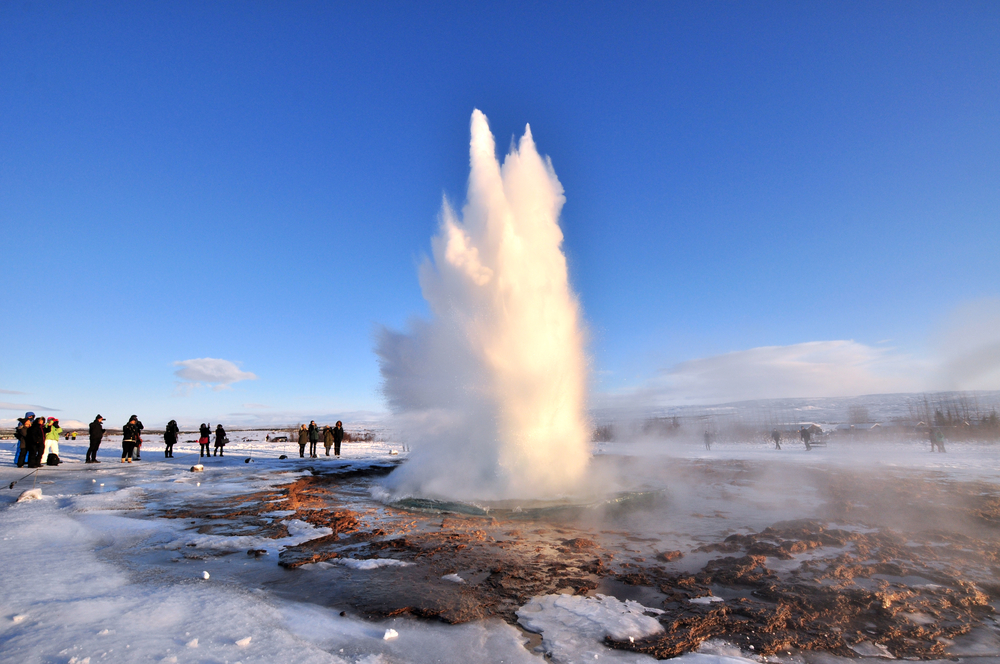
Geysir Geothermal Area, Iceland:
This area is home to the famous Great Geysir, which has been largely inactive in recent years, and Strokkur, which erupts every 5-10 minutes. The Geysir Geothermal Area, part of the Golden Circle route, showcases boiling mud pits, exploding geysers, and the raw power of the earth’s geothermal activity. It’s a testament to Iceland’s volcanic activity and a unique sight for geology enthusiasts.
Tourist Attractions and Things to Do in Geysir Geothermal Area:
- Strokkur Geysir: Be amazed by the frequent eruptions of Strokkur, shooting boiling water high into the air.
- Colorful Pools: Admire the colorful and mineral-rich hot springs surrounding Geysir.
- Geothermal Features: Explore various other geothermal features like mud pots and fumaroles.
- Visitor Center: Learn about geothermal activity in Iceland at the nearby Geysir Center.
- Scenic Surroundings: Enjoy the picturesque Icelandic countryside in this area.
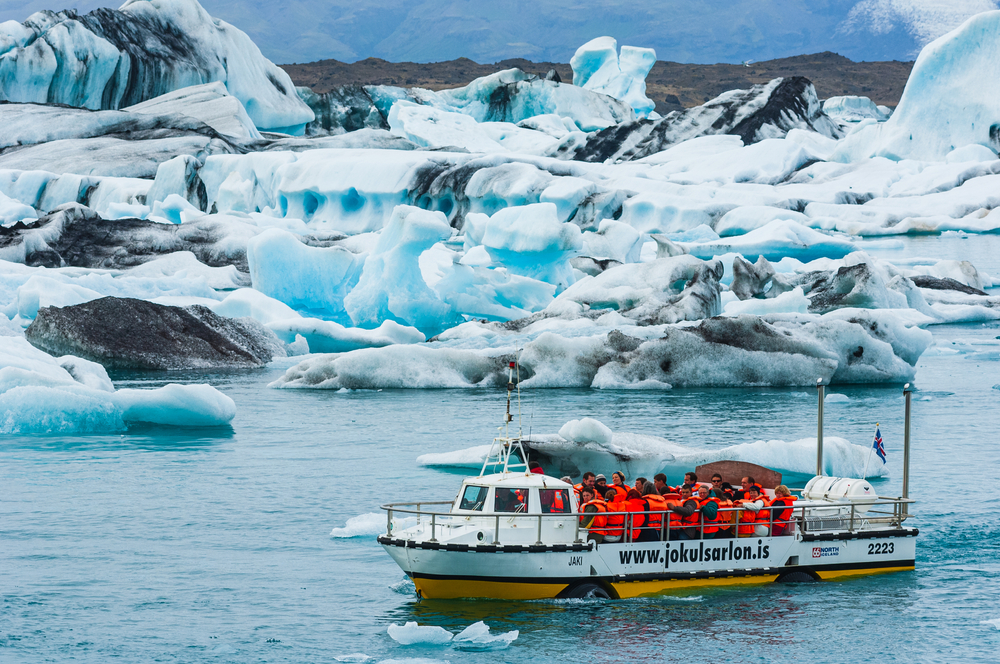
Jökulsárlón Glacier Lagoon, Iceland:
This large glacial lake in southeast Iceland, on the edge of Vatnajökull National Park, is filled with icebergs from the surrounding Breiðamerkurjökull Glacier. Jökulsárlón is the deepest lake in Iceland and a significant location for wildlife viewing, including seals and various bird species. The icebergs, each uniquely shaped and sized, create a surreal landscape.
Tourist Attractions and Things to Do in Jökulsárlón Glacier Lagoon:
- Glacial Lagoon: Witness the breathtaking spectacle of floating icebergs in this serene lagoon.
- Boat Tours: Take a boat tour to get up close to the glacier fragments and wildlife.
- Diamond Beach: Visit the nearby Diamond Beach, where icebergs wash ashore and glisten like diamonds.
- Photography Paradise: Capture the stunning interplay of light, water, and ice for memorable photos.
- Seals and Wildlife: Spot seals and various bird species in and around the lagoon.
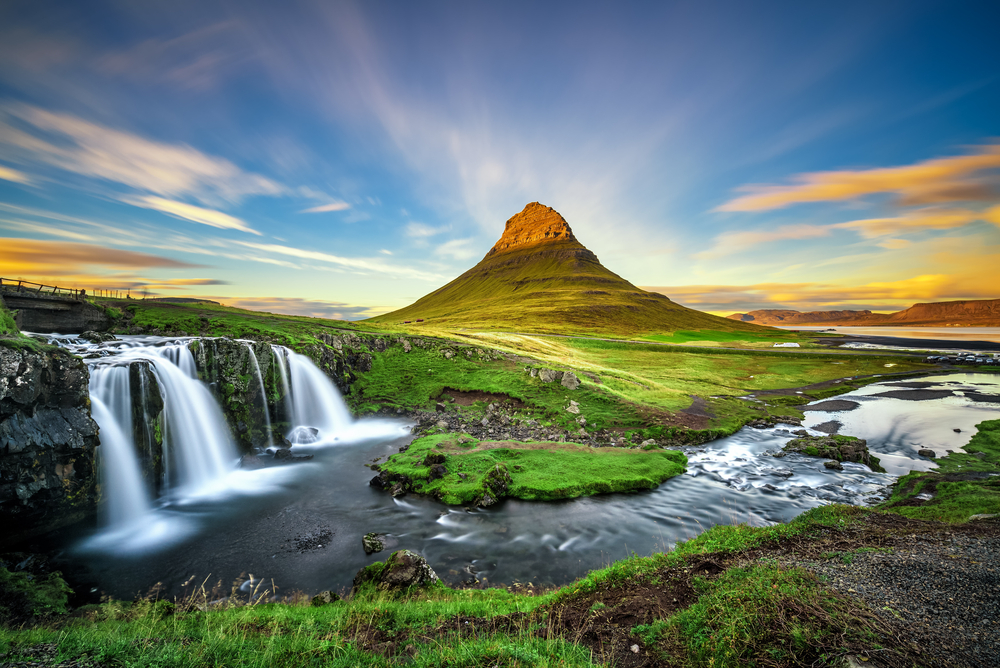
Kirkjufell Mountain, Iceland:
On the north coast of Iceland’s Snæfellsnes Peninsula stands Kirkjufell, a distinctly shaped mountain. Known as ‘Church Mountain,’ it’s often considered one of the most photographed mountains in Iceland due to its dramatic formation and the scenic waterfalls nearby. Its unique appearance has made it a popular spot for photographers and nature enthusiasts.
Tourist Attractions and Things to Do Kirkjufell Mountain:
- Iconic Mountain: Explore the iconic Kirkjufell Mountain, often referred to as “Church Mountain.”
- Kirkjufellfoss Waterfall: Admire the picturesque waterfall at the base of the mountain.
- Stunning Views: Hike to the top of Kirkjufell for panoramic views of the surrounding landscape.
- Northern Lights: Photograph the Northern Lights against the backdrop of Kirkjufell during winter.
- Birdwatching: Observe birdlife in the area, including puffins during the nesting season.
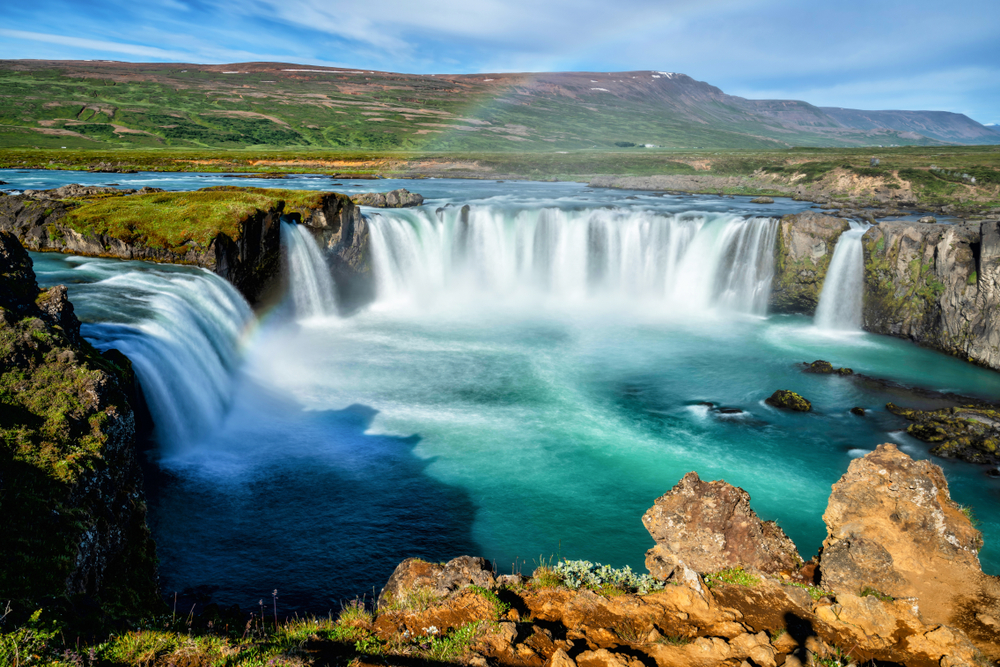
Gullfoss Waterfall, Iceland:
Gullfoss, part of the Golden Circle tour, is an iconic waterfall in the canyon of the Hvítá River. It is known for its spectacular two-tiered cascade, which creates a stunning visual and auditory experience. In the early 20th century, Gullfoss was almost turned into a hydroelectric dam, but conservation efforts preserved it as a natural wonder.
Tourist Attractions and Things to Do in Gullfoss Waterfall:
- Double Cascade: Be awed by the massive double-tiered waterfall of Gullfoss.
- Canyon Views: Explore the canyon and viewpoints to appreciate the scale and power of Gullfoss.
- Golden Circle: Gullfoss is a part of Iceland’s famous Golden Circle tourist route.
- Natural Beauty: Marvel at the pristine and unspoiled natural surroundings of the waterfall.
- Historic Significance: Learn about the historical conservation efforts to protect Gullfoss.
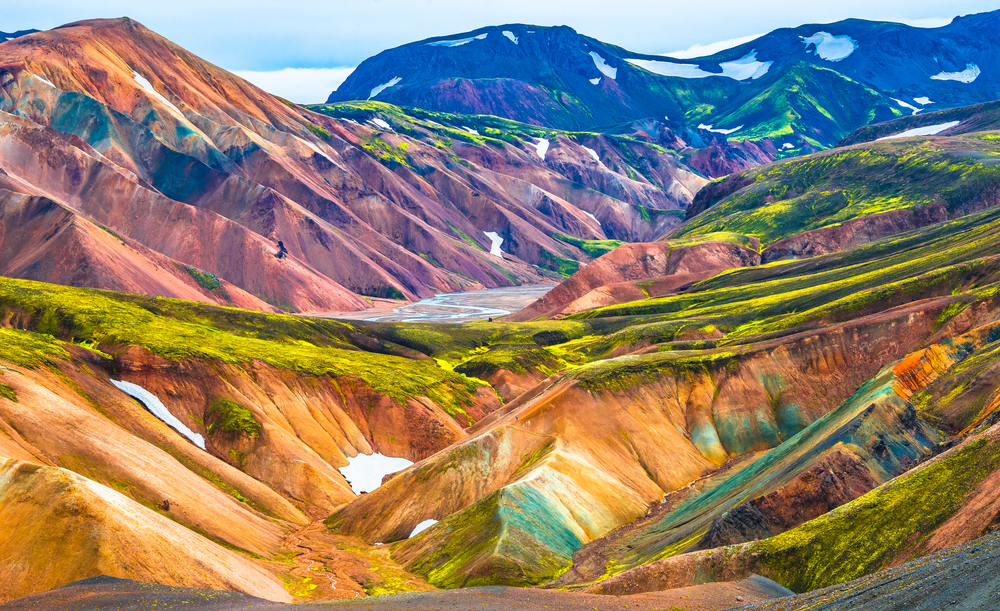
Landmannalaugar, Iceland:
Known for its natural geothermal hot springs and stunning hiking trails, Landmannalaugar is part of the Fjallabak Nature Reserve in the Highlands of Iceland. Its rhyolite mountains create a colorful landscape featuring orange, pink, green, and yellow hues. This area is a paradise for hikers and nature lovers, offering a variety of scenic trails and breathtaking vistas.
Tourist Attractions and Things to Do in Landmannalaugar:
- Geothermal Wonderland: Explore the otherworldly landscapes filled with hot springs and colorful rhyolite mountains.
- Hiking Trails: Embark on some of the most popular hiking routes, including the Laugavegur Trek.
- Natural Hot Springs: Relax in the natural hot springs in the area.
- Fjallabak Nature Reserve: Discover the unique flora and fauna of this protected area.
- Photography Opportunities: Capture the vibrant colors and geothermal features..
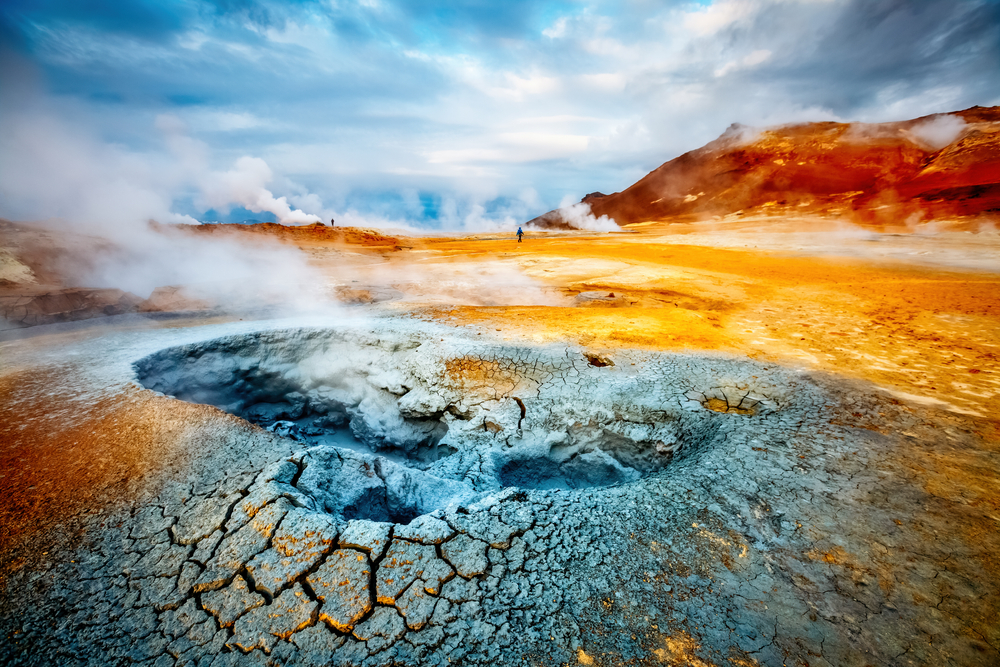
Myvatn Lake, Iceland:
Located in northern Iceland, Lake Myvatn is known for its geological wonders and a diverse range of birdlife, particularly ducks. Volcanic landforms, including lava pillars and rootless vents, characterize the area around the lake. The lake was created by a large basaltic lava eruption 2300 years ago, and the surrounding landscape is dotted with craters and other volcanic formations.
Tourist Attractions and Things to Do in Myvatn Lake:
- Volcanic Lake: Visit the serene Myvatn Lake, surrounded by volcanic craters and pseudocraters.
- Nature Baths: Soak in the Myvatn Nature Baths, often referred to as the “Blue Lagoon of the North.”
- Húsavík: Explore the nearby town of Húsavík, known for whale watching and charming architecture.
- Dimmuborgir Lava Fields: Hike through the eerie Dimmuborgir lava formations.
- Birdwatching: Myvatn is a haven for birdwatching, with numerous species in the area.
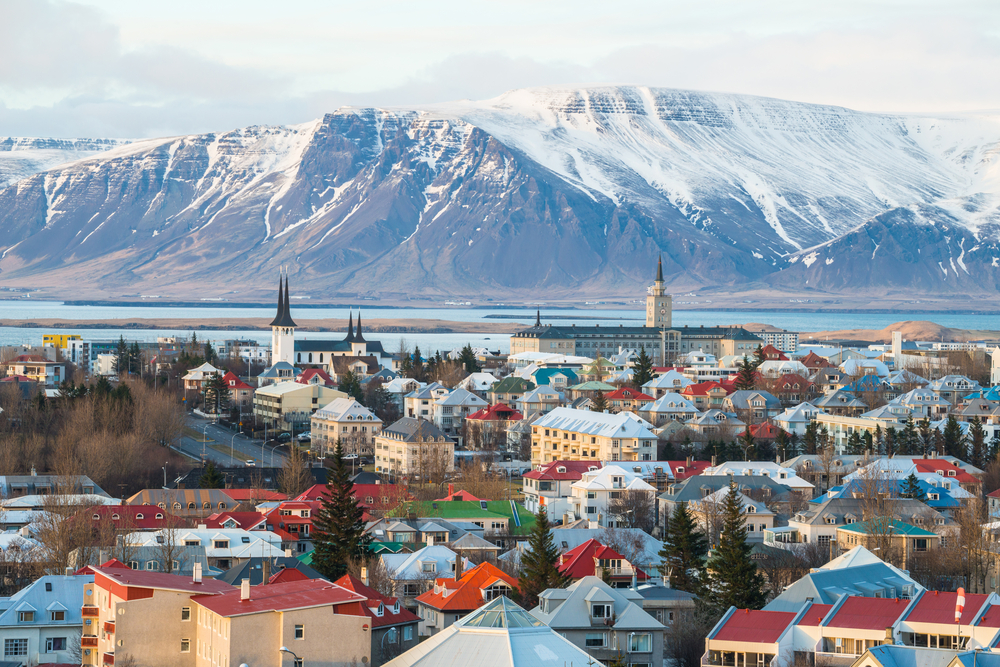
Reykjavik, Iceland:
As the capital and largest city of Iceland, Reykjavik is known for its vibrant cultural and music scene, colorful houses, and rich history. It’s the northernmost capital of a sovereign state, offering unique experiences like the National and Saga museums, which trace Iceland’s Viking history. The city is also a gateway to the rugged adventures of Iceland’s natural wonders.
Tourist Attractions and Things to Do in Reykjavik:
- Vibrant Capital: Discover the vibrant and culturally rich capital city of Iceland.
- Hallgrímskirkja Church: Visit the iconic church and enjoy panoramic views from its tower.
- Harpa Concert Hall: Attend cultural events or simply admire the unique architecture of Harpa.
- Old Town Charm: Explore the historic Old Town with colorful buildings and cozy cafes.
- Reykjavik Art Museum: Experience Icelandic art and culture in the city’s museums.
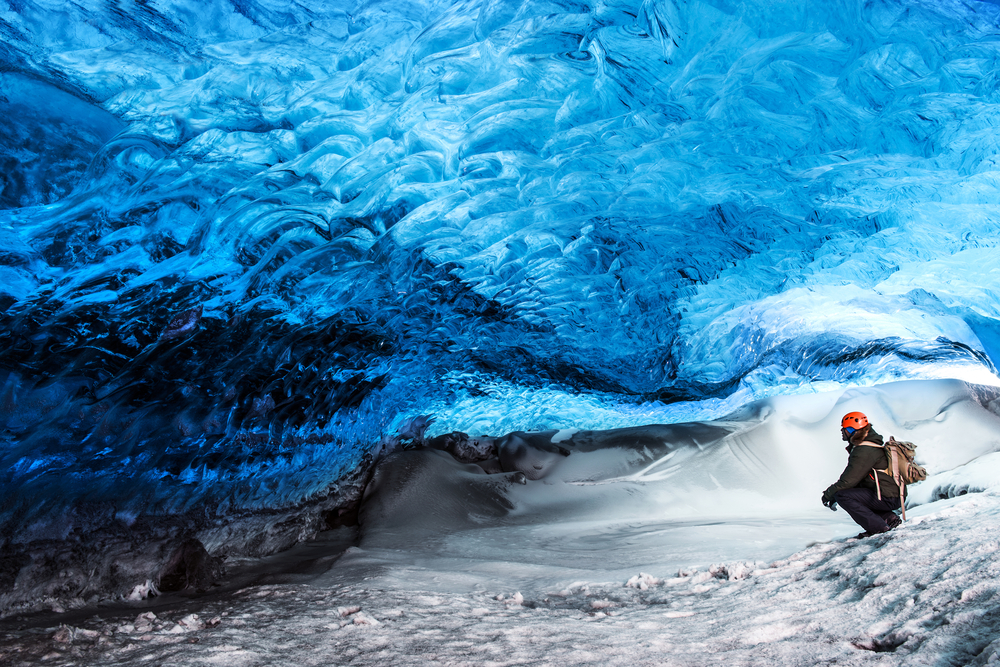
Skaftafell Ice Cave, Iceland:
Part of Vatnajökull National Park, Skaftafell is home to stunning ice caves accessible during the winter. These caves are formed by the melting and refreezing of the glaciers, providing an otherworldly experience with their blue, translucent ice. Each year, the caves form differently, making each visit unique.
Tourist Attractions and Things to Do in Skaftafell Ice Cave:
- Glacial Ice Cave: Explore the magical world inside a glacier, with stunning ice formations.
- Guided Tours: Take guided tours to safely explore these natural wonders.
- Unique Photography: Capture the ethereal beauty of the ice cave and its changing colors.
- Glacial Hiking: Combine your visit with glacier hiking adventures in Skaftafell National Park.
- Winter Wonderland: Experience the ice cave’s enchantment during the winter months.
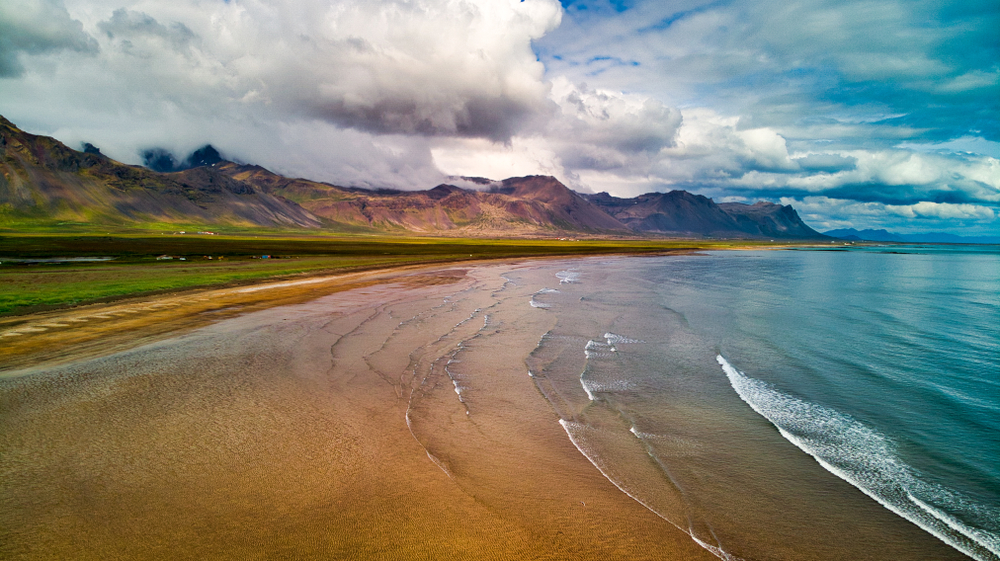
Snæfellsjökull National Park, Iceland:
This park is centered around the Snæfellsjökull volcano, famously featured in Jules Verne’s “Journey to the Center of the Earth.” It’s known for its scenic beauty, with lava fields, volcanic craters, and glaciers. The park offers a range of outdoor activities like hiking, bird watching, and exploring ancient fishing villages.
Tourist Attractions and Things to Do in Snæfellsjökull National Park:
- Majestic Glacier: Admire the iconic Snæfellsjökull glacier-capped volcano, said to be the entrance to the center of the Earth.
- Hiking Trails: Explore diverse hiking trails that lead to lava fields, waterfalls, and coastal cliffs.
- Vatnshellir Cave: Descend into a lava tube cave for a unique underground adventure.
- Breathtaking Landscapes: Enjoy the stunning coastal and mountainous landscapes of the peninsula.
- Wildlife Watching: Keep an eye out for seals, seabirds, and other wildlife along the coastline.
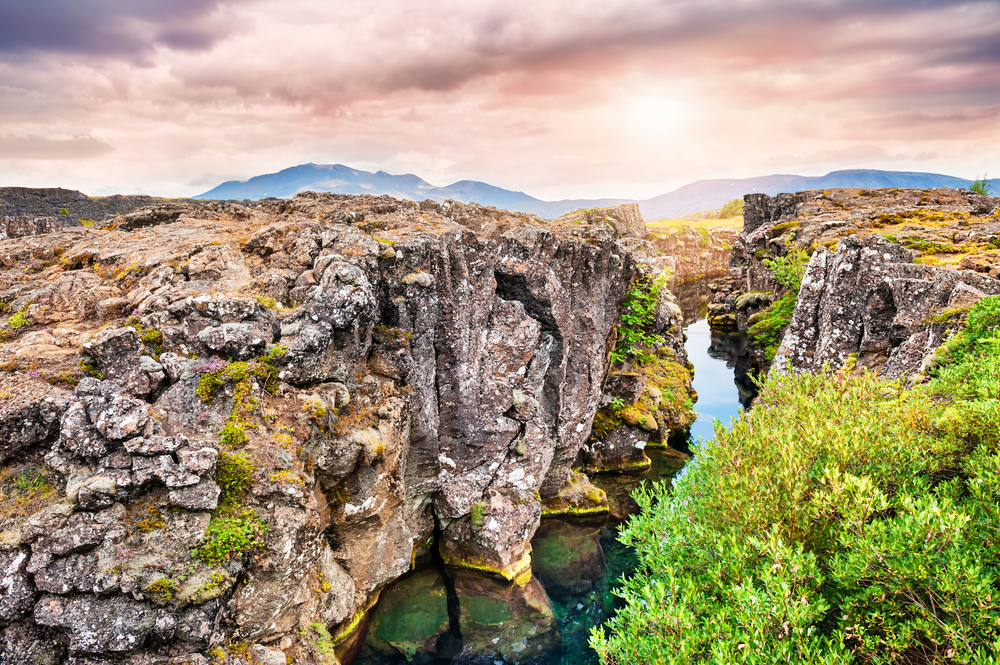
Thingvellir National Park, Iceland:
Thingvellir is a historical, cultural, and geological site. It’s the site of the ancient Icelandic parliament and a visible rift valley, where the North American and Eurasian tectonic plates are pulling apart. The park offers a unique combination of natural beauty and historical importance, making it a UNESCO World Heritage site.
Tourist Attractions and Things to Do in Thingvellir National Park:
- Historical Significance: Visit the historic site where Iceland’s first parliament, Alþingi, was established in 930 AD.
- Tectonic Plates: Walk between the North American and Eurasian tectonic plates in the Almannagjá fissure.
- Öxarárfoss Waterfall: Hike to the picturesque waterfall within the park.
- Silfra Fissure: Snorkel or dive in the crystal-clear waters of the Silfra Fissure.
- Cultural Heritage: Learn about the cultural and geological importance of Thingvellir.
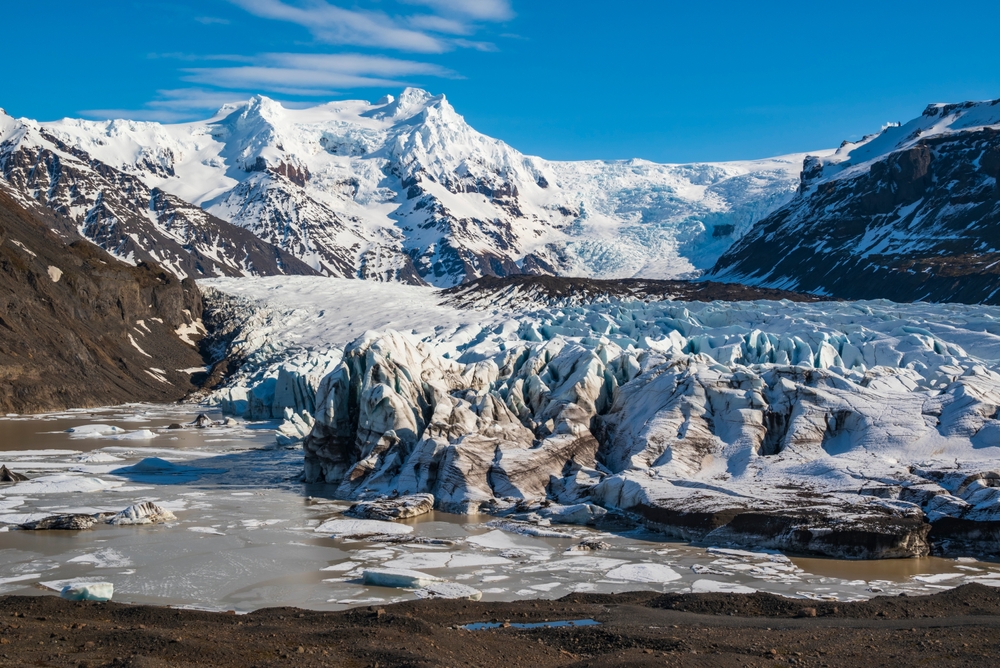
Vatnajökull National Park, Iceland:
Vatnajökull glacier is Europe’s largest national park. It features a diverse landscape of glacier ice caps, volcanic features, and dynamic rivers. The park offers stunning hiking opportunities to explore diverse geological formations, from ice caves to volcanic craters.
Tourist Attractions and Things to Do in Vatnajökull National Park:
- Largest National Park: Explore the largest national park in Europe, encompassing diverse landscapes.
- Vatnajökull Glacier: Witness the vast Vatnajökull glacier, which covers much of the park.
- Ice Caves: Explore stunning ice caves within the glacier during the winter months.
- Hiking and Adventure: Embark on various hiking trails and outdoor adventures in this vast wilderness.
- Scenic Beauty: Take in the awe-inspiring vistas of mountains, glaciers, and pristine nature.

